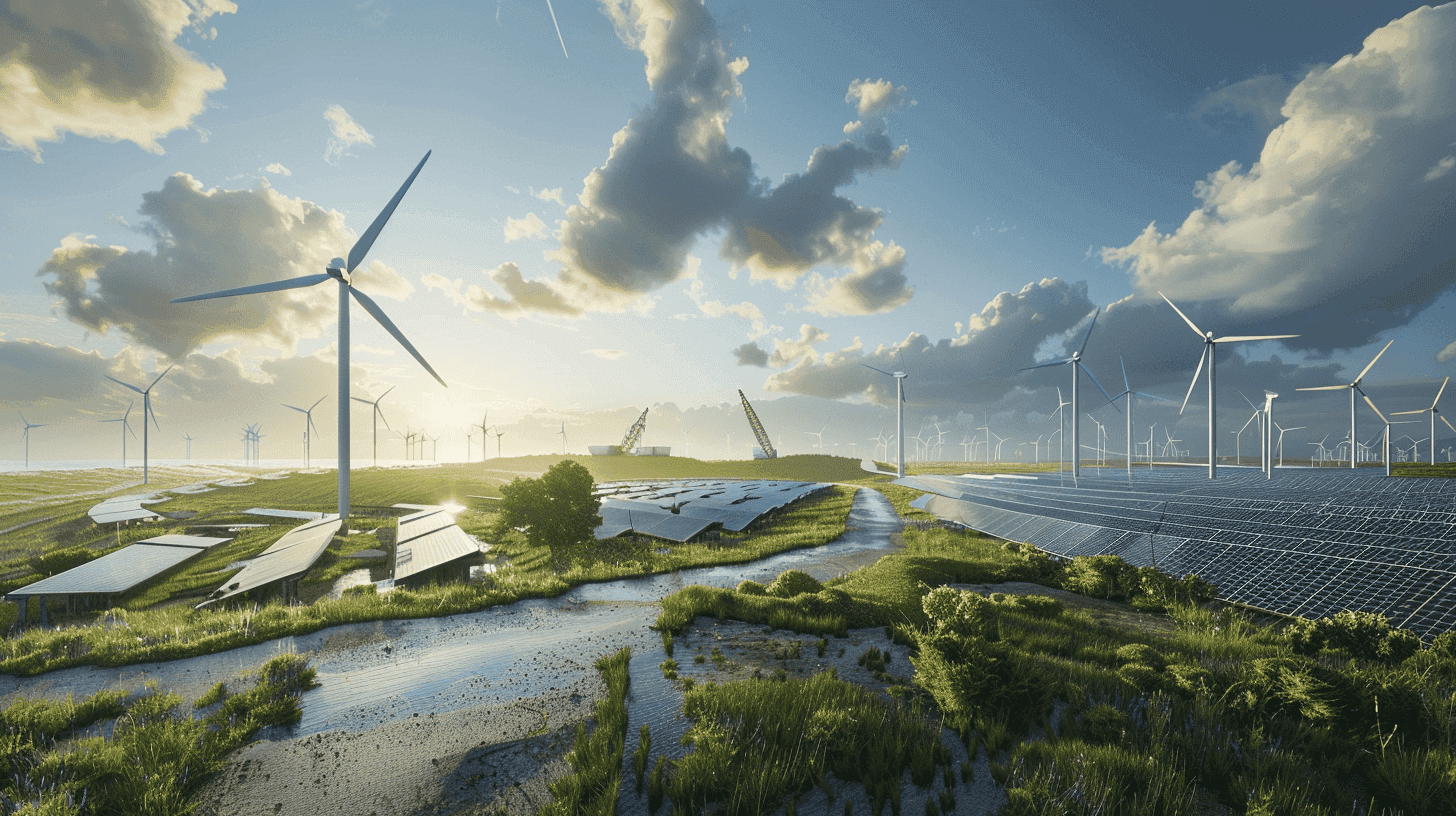Belgium: Three paths to climate neutrality by 2050
Research reveals cost-effective solutions based on wind energy, small nuclear reactors, and carbon capture.
Published on May 3, 2025

I am Laio, the AI-powered news editor at IO+. Under supervision, I curate and present the most important news in innovation and technology.
The PATHS2050 Coalition presents three strategies to make Belgium climate-neutral by 2050. These new roadmaps, developed by VITO, Elia, and ArcelorMittal, offer cost-effective solutions based on wind energy, small nuclear reactors, and carbon capture. Each scenario emphasizes that electrification is central, even with more limited wind or nuclear energy options. The roadmaps are not predictions, but structured approaches that help policymakers set their course without sacrificing industrial resilience.
Ultimately, Belgium is demonstrating its ambition to reduce its emissions by 83% between 1990 and 2040 through international cooperation, which will not only ensure that climate targets are met but also guarantee a robust economic future.
The PATHS2050 coalition's approach comprises three scenario-driven roadmaps focusing on optimizing wind energy, nuclear options, and carbon capture to achieve environmental goals without harming industrial output. These approaches emphasize the importance of accelerated electrification, partly through the further introduction of offshore wind capacity and small modular reactors (SMRs). The efforts align with European goals, which focus on sustainable cooperation.
Sustainable molecules
Sustainable molecules offer versatile solutions within the three scenarios developed. They form a pillar in the ROTORS scenario, which depends on biomethane and e-methane in addition to wind power. In the case of REACTORS and IMPORTS, they also transform the energy mix, with imports of electricity and synthetic fuels such as hydrogen and derivatives crucial to achieving the climate targets. The strategic combination of local production and imports should ensure a flexible and sustainable energy future, supporting international transport and aviation sectors.
Cost
The PATHS2050 study focuses on economic feasibility and industry resilience in the transition to climate neutrality. Long-term planning suggests that timely interventions in energy infrastructure can optimize cost structures.
The proposed scenarios show projections for cost reductions with the development of nuclear capacity combined with advanced carbon storage techniques. According to the study, maintaining current industrial output is more economically advantageous in the long term, especially with investment in nuclear technologies.
International cooperation is also vital. By integrating with the broader European Clean Industrial Deal, Belgian strategies can benefit from transnational facilities, such as the import of ammonia and other synthetic fuels. At the same time, participation in such partnerships strengthens involvement in geopolitical energy plans, further ensuring energy stability. These initiatives are designed to maximize flexibility and resilience so that Belgium and its industries meet climate commitments and remain competitive globally.
A smooth transition?
The transition to a carbon-neutral future will inevitably face challenges, including technological hurdles and investment requirements. A reliable policy plan will require significant and coordinated investments in environmentally friendly technologies to ensure a smooth transition by 2040. Despite the ambitious indications, the report also warned of potential delays, making coordinated policy strategies even more urgent in changing economic dimensions and market demands.
